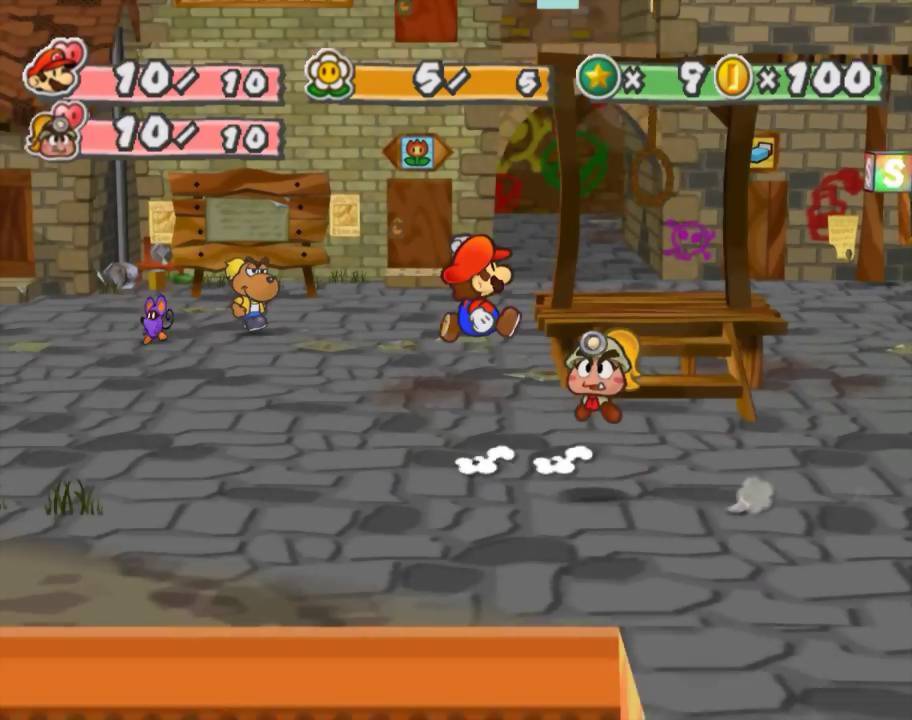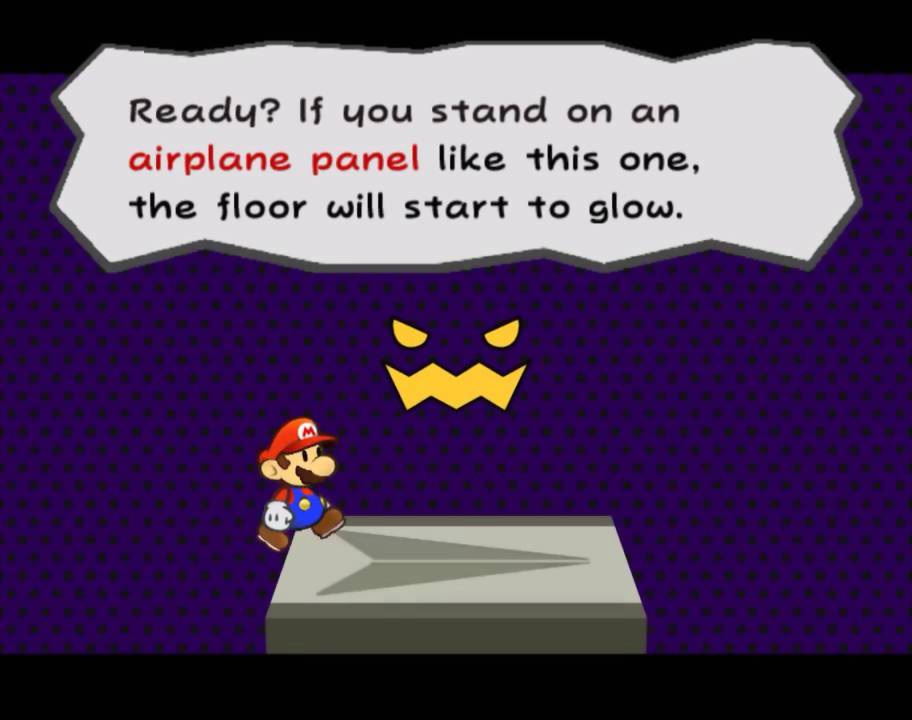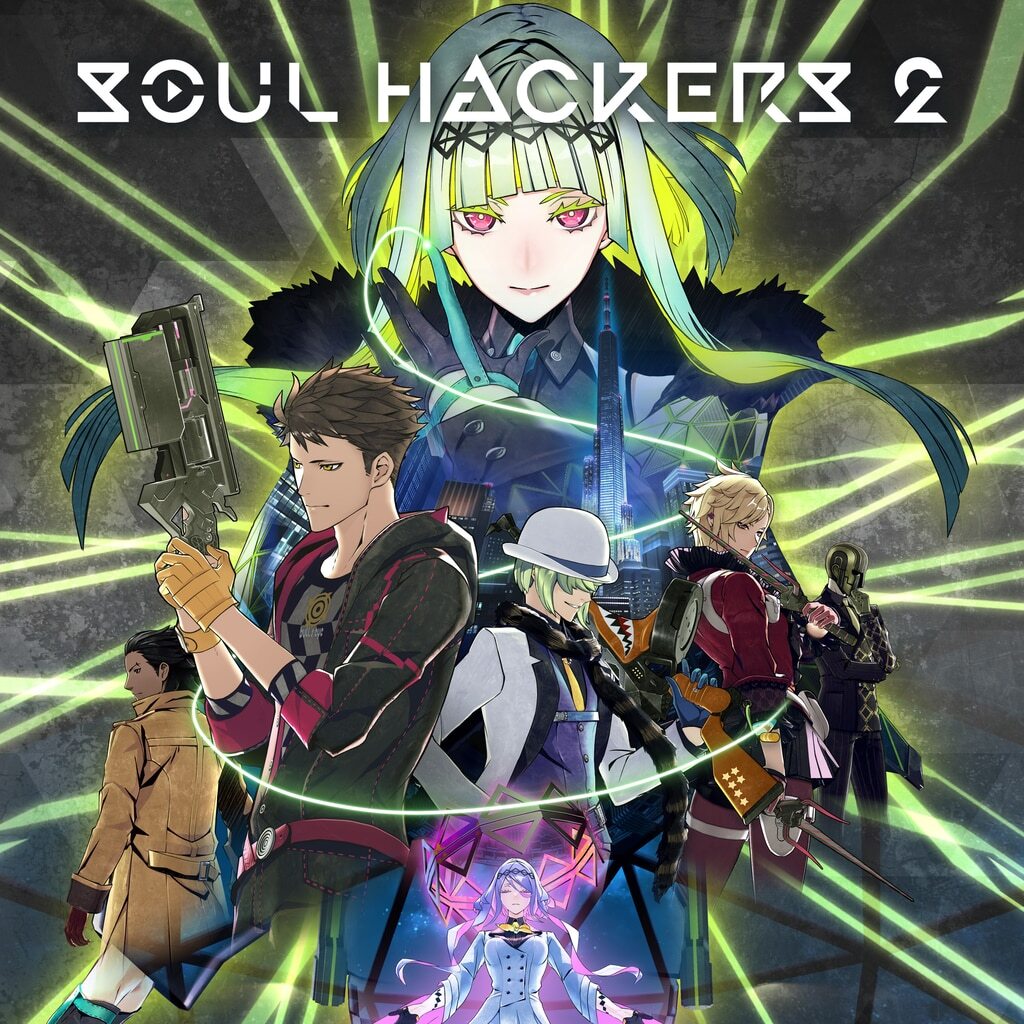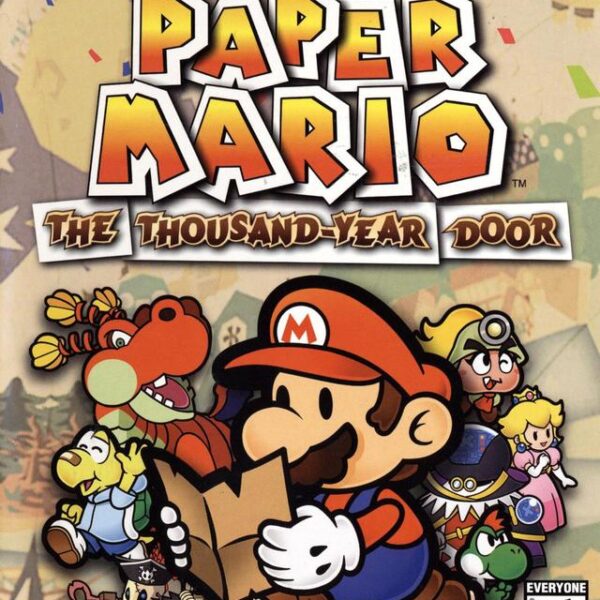
Bloodstained: Curse of the Moon 2 changes little from its predecessor. And it’s a blast.
May 8, 2023
The history continues. NeoGeo Pocket Color Selection Volume 2.
May 24, 2023Paper Mario: The Thousand Year Door requires a thousand percent dedication.
I remember when screenshots first emerged of a “pseudo-sequel to Super Mario RPG” for the Nintendo 64. Every gamer from coast to coast was on a 3D kick, so seeing something so flat and two-dimensional opened up the floodgates for all sorts of preemptive criticism. Little did any of us know that the aesthetic choice was intentional. Paper Mario released to major success on the Nintendo 64. I never had any interest in it. In fact, I never had any interest in the series until someone borderline pleaded that I check out Paper Mario: The Thousand Year Door for the GameCube; supposedly the best in the series. There’s no doubt that this is a polished game given lots of TLC. However, the game is not without issues. The worst being just tedious the game gets halfway.
The Thousand Year Door stars a paper-thin version of everyone’s favorite plumber. One morning, he gets a letter from Peach. Along with the letter is a magical map. She asks Mario to meet her in Rougeport, a sketchy yet charming seaside town that supposedly houses tons of treasures beneath its ground. But, as expected, Mario learns that Peach has been kidnapped by fiends called X-Nauts. Not sure where to begin his search for these goons, Mario meets Goombella, a student of archaeology. They learn that the map from Peach will show general locations of Crystal Stars; starshaped crystals packed with power. If all Crystal Stars are gathered, then something good is surely to happen. And just maybe, he can get more information on the X-Nauts and rescue Peach for the umpteenth time.

It’s a classic tale of Mario-isms from start to finish, but it takes place in one of the most unique versions of the Mushroom Kingdoms I’ve seen. There’s a lot, and I mean a lot, of places for Mario to venture in order to find the Crystal Stars. During certain times, you’ll get to explore the X-Nauts base while taking control of Peach. It’s nice to see her given some time to shine. With this comes one of the best aspects of The Thousand Year Door: the writing. The level of care and detail put into this script cannot be praised enough. Mario is a silent protagonist but everyone else around him will do plenty of talking. Every major character, NPC, bit character, and everything in-between was given well-written dialogue to make each visit to the multitude of locations fresh, and more importantly, hilarious.
All of this great and all, but it comes with a cost. This game is stuffed with content. In order to get the most out of it, you’ll have to give all of your dedication to this game, and this game only. My experience with other Mario-themed RPGs had me believe that this would be a short, casual game. Nope, not so much. Mario and his friends have a lot of places to explore. His friends provide him with the ability traverse various terrains that Mario wouldn’t be normally to find by himself. Mario, naturally, can move and jump. With each new chapter comes a whole new set of tasks that have Mario traveling everywhere but towards his goal. This takes me to my biggest issue: the backtracking. There’s tons of it. It makes the idea of revealing a secret in a previous location unpleasant since Mario’s walking speed isn’t great and there’s a lack of a fast-travel ability. Yes yes, this game was released in 2004 before many developers had the good conscious to think of something like fast-travel but still. Exploring new parts of the world a first time is fun. Exploring it, and getting to it, a second and third time? Not so fun.
Adding to the issue is combat. Mario and one of his companions can participate in turn-based battles that requires you to be on your toes since everything -EVERYTHING- requires some extra input from the player. I knew going into it that this would be the case but I wasn’t expecting it to be so stuffed. Mario comes equipped with his ability to jump on foes or use a hammer. Both will get more powerful over time. He can also equip a slew of badges that provide plentiful positive effects. Mixing and matching badges is a lot of fun. Combat is fairly straightforward: jump on enemies unless they’re spikey, otherwise hit them with a hammer. Time your button presses to do more damage. Use special moves when the situation calls for extra fire power. Bosses require a bit more creativity or strategy, but the idea is still mostly the same. Follow the prompts and button presses to do more damage. His partners have their own unique uses in battle, too.

If your button presses are on point, then you’ll gain Star Power. Star Power lets you use a special attack. You’ll gain more special attacks as you continue find the Crystal Stars. Normally, a special attack like this would be the thing to turn the tide of battle or maybe clear out a group of scrubs when you’re just not in the mood to fight. Again, not so much. You have to follow more prompts with button presses to make full use of these. Earning Star Power, especially enough for the more powerful moves, takes a while. It was really disheartening to see them flub due to my poor timing. It’s worth nothing that The Thousand Year Door isn’t difficult. It’s just that the combat, like most of the game, gets unbearably tedious. And enemies are EVERYWHERE. Trying to avoid an enemy will irrevocably cause them to run into Mario and gain a free round. When Mario levels up, he’ll be able to upgrade his health, his magic, or the amount of badges he can equip. Leveling up his partners requires finding Shine Sprites and taking them to someone in Rougeport. More backtracking. Joy.
The tedium is strong in The Thousand Year Door, but at least looking at the same thing over and over is pleasant. I’ve never seen a Paper Mario game in action until now. So for me, seeing the paper style presentation for the first time was a treat. The game retains clever usage of this from start to end. Anything that paper can do in the real world is somehow applied in an artistic way to Mario’s. And, thanks to the GameCube’s fantastic graphical capabilities, everything always looks crisp, colorful, and clean. The music collection is great. Most of the tracks are new, but there are some revamped classics from Mario’s long history. The game being released in 2004 means that there were plenty of songs options to pick from. Voice quips from Mario, Peach, and the large cast of characters add additional flavor. Mario sounds especially adorable.
Paper Mario: The Thousand Year Door is a long game. For some, they’ll eat it up. For others, like myself, the copious backtracking to see it all will get to be too much. It’s been a while since a game has caused me so much burn out; specifically an RPG. Things got a point where I just stopped caring about seeing any remaining secrets or extras. The game might last 50 hours, which is standard, but doing/finding everything could push the clock up to 80 or 90 hours. Thanks to this game, I’ve had my fill of the Paper Mario series. I’ve heard later installments aren’t worth checking out anyway so may as well start and end on a high note. RPG fans, Mario fans, and those that are a bit of both will get a kick out of this game. Just ensure you’re strapped in for a long ride.
Overall, 7/10: Paper Mario: The Thousand Year Door is well made. Its biggest issue is that it doesn’t respect the player’s time, requiring seemingly endless hours of dedication.





